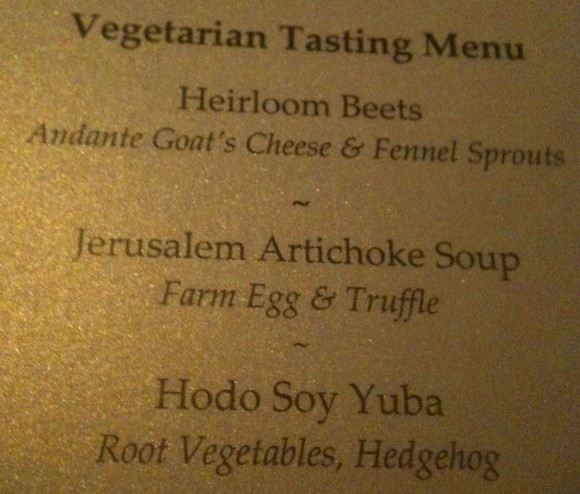I recently drove along tiny roads to Güstrow to see an angel. Güstrow itself is a charming, medieval, cobblestoned village. It has its own castle and cathedral, to be sure, but it’s still a village.
The angel I wanted to see was Barlach’s. Ernst Barlach was a German sculptor who went to the first world war as an infantry soldier and returned an ardent pacifist. This was reflected in all his subsequent work.
The angel was commissioned in 1926 to commemorate the victims of that war, for the cathedral in Güstrow, where he lived. As the Nazis came to power in the 1930s, Barlach’s work was labelled “degenerate art” — not heroic enough, not patriotic enough. The angel was removed from display and melted down. Barlach died in 1938, knowing that his angel had probably been made into bullets.

The angel at home
Barlach’s friends, however, made a secret, second cast of the angel which, after the end of the war, was hung in a church in Köln. In the 1950s, the people of Köln made another cast of the angel and gave it in a gesture of friendship to the people of Güstrow. The angel came home.
Last autumn, the parish of Güstrow allowed their angel to come to London for an exhibition at the British Museum. I spectacularly failed to see it, despite trying twice. Part of me wonders whether it’s because I really wanted to see the angel in her proper place, where Barlach intended she should be. I am glad I did. The life-size, bronze angel floats, horizontal, as if outside earth, outside time. Her eyes are closed. She knows grief and pain but she is also very peaceful. Barlach himself said that his sculptures were not “memorials” of war, but reflected the attitude we should take to war: Erinnerung und Schau. Recollection and reflection. For a short while, I had the privilege of sitting alone with the angel in her chapel in the late afternoon sun, to do my own recollecting and reflecting.
I met by chance the pastor of the cathedral, who heard my English and was interested to know why I was in Güstrow. I explained how I’d missed seeing the angel in London. He explained that the parish decision to let the angel come to London had not been unexamined. But in the end, he said, they felt that the work of the angel was reconciliation, and we still need reconciliation.
Oh yes, we do. I am glad to have met both the pastor and the angel. The pastor told me two things I wouldn’t have known. That the void left by the angel when she was away was a stark reminder for the congregation of when and why she had first been taken away. Also, that he insisted the British Museum take not only the angel, but the wrought metal circle over which she hovers; it was once around a baptismal font, and there is always hope in new life.
Indeed there is.
You can also listen to Neil McGregor’s podcast about the angel, recorded for the BBC to complement the British Museum exhibition that he curated.










